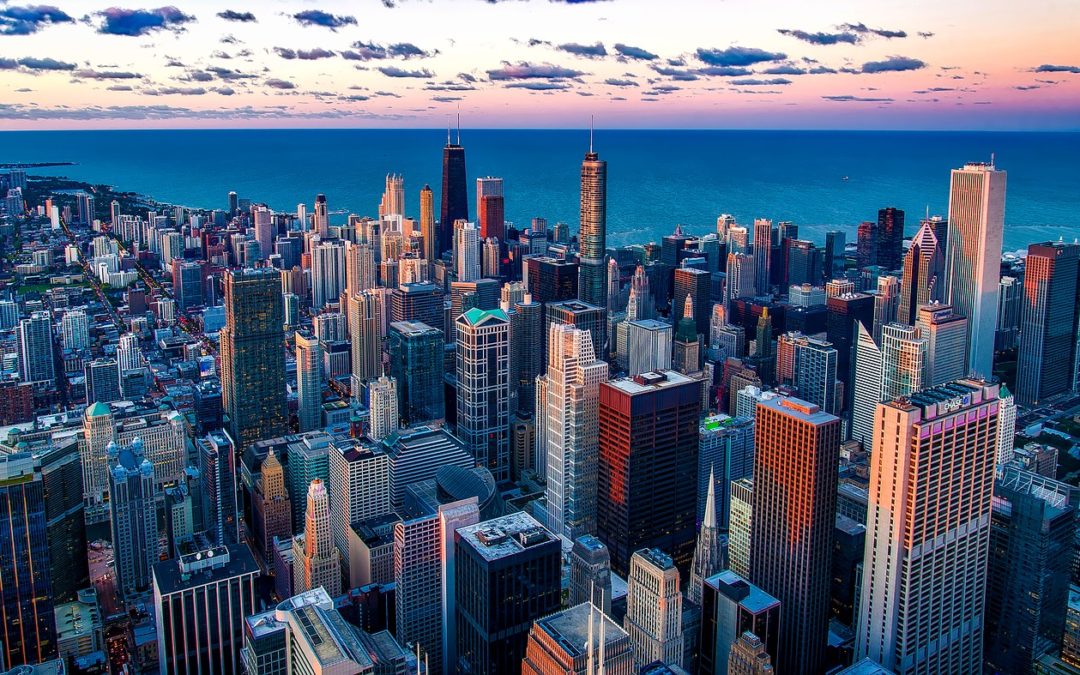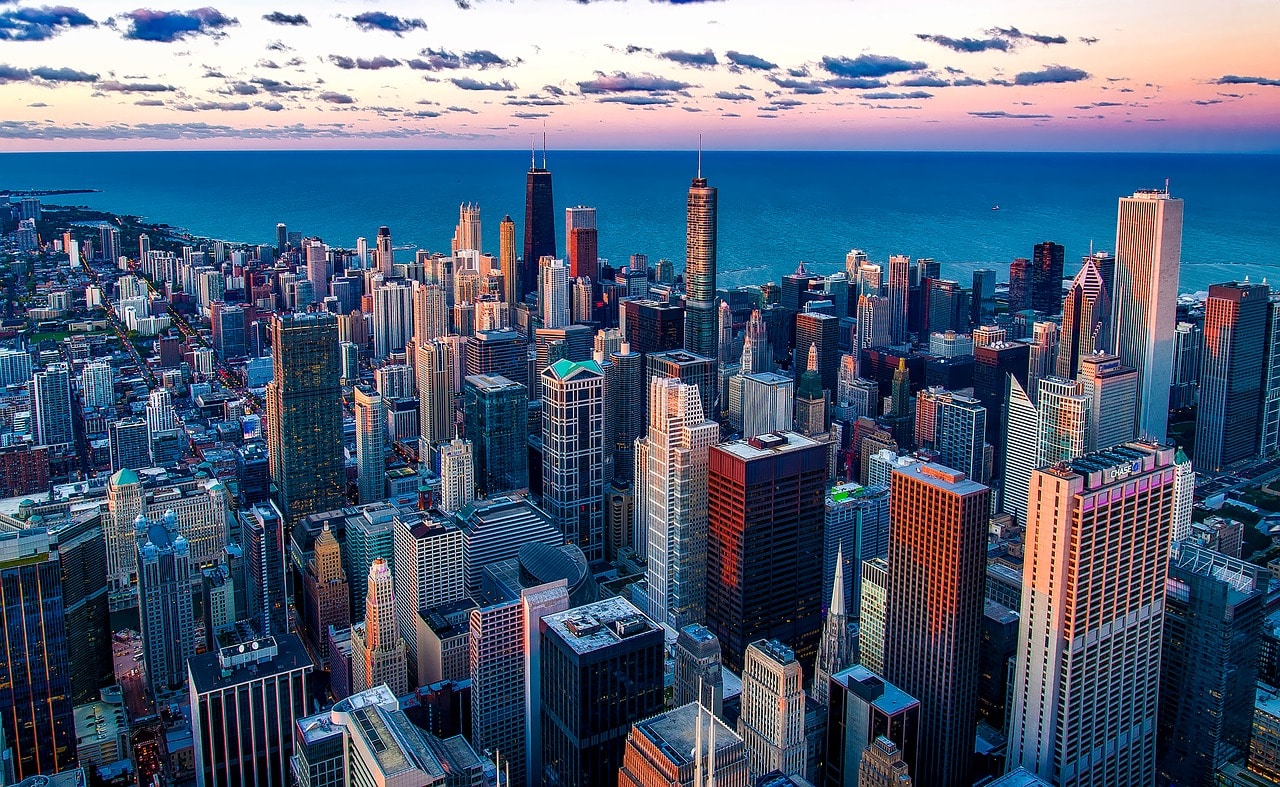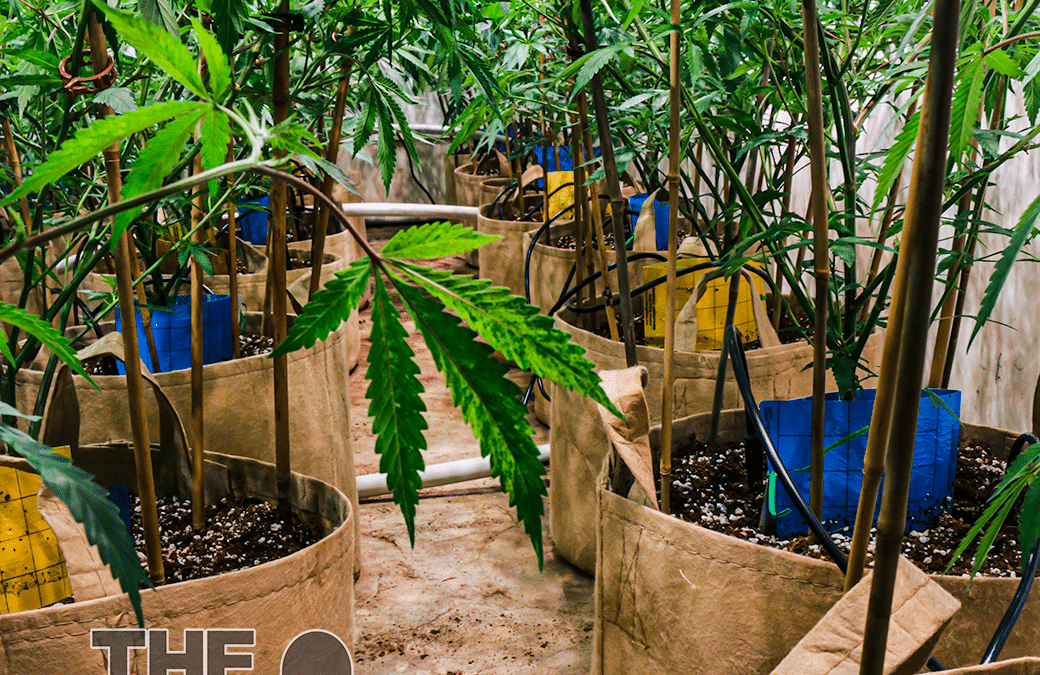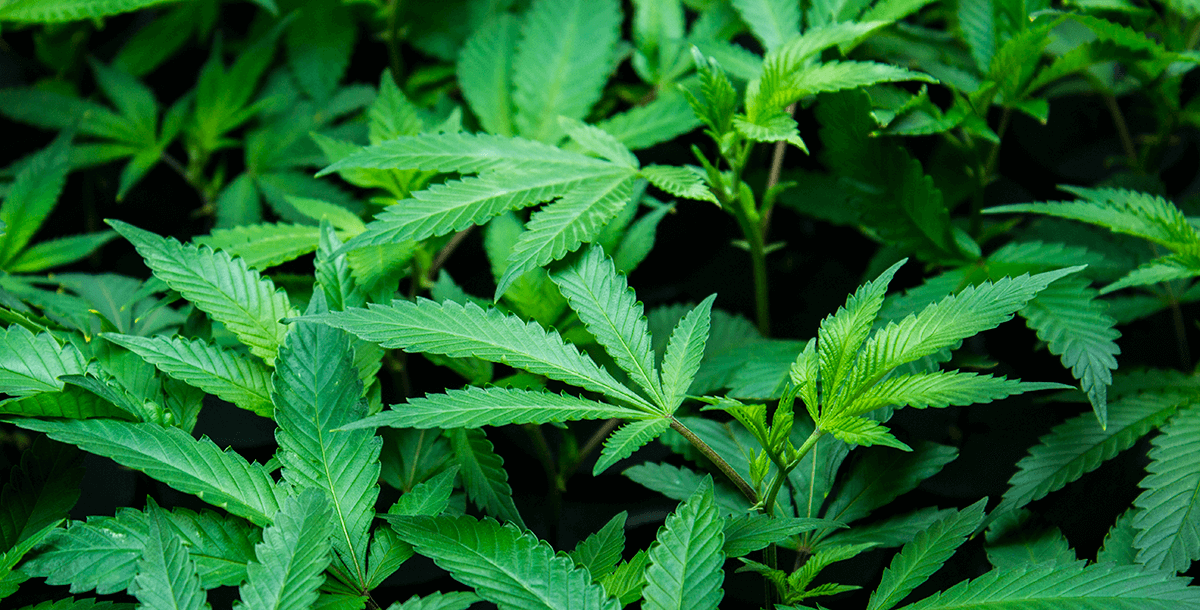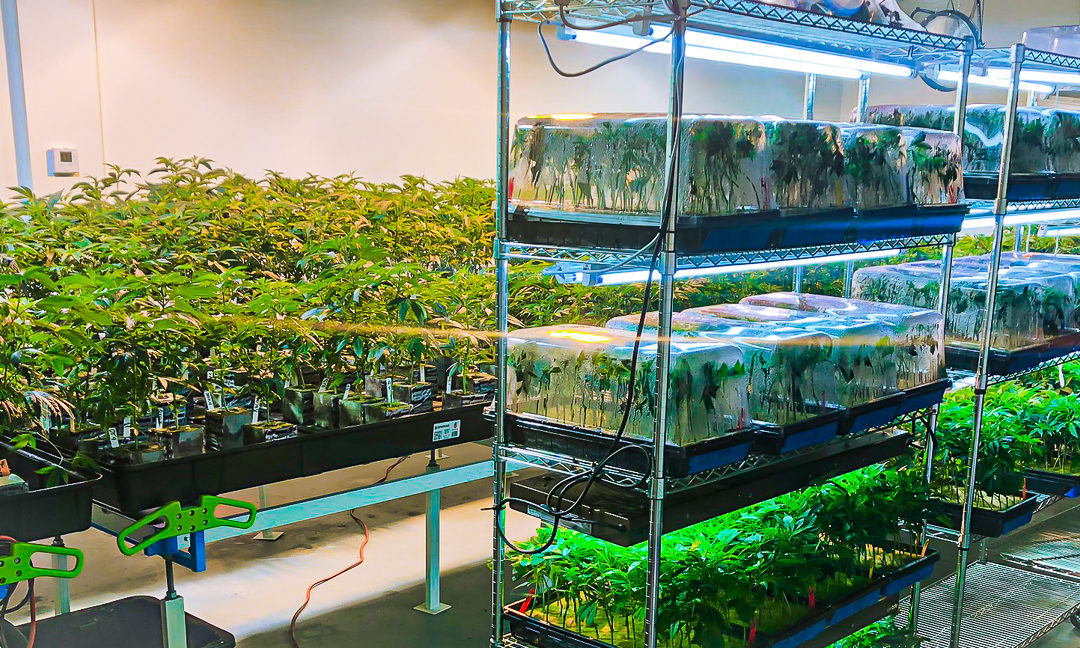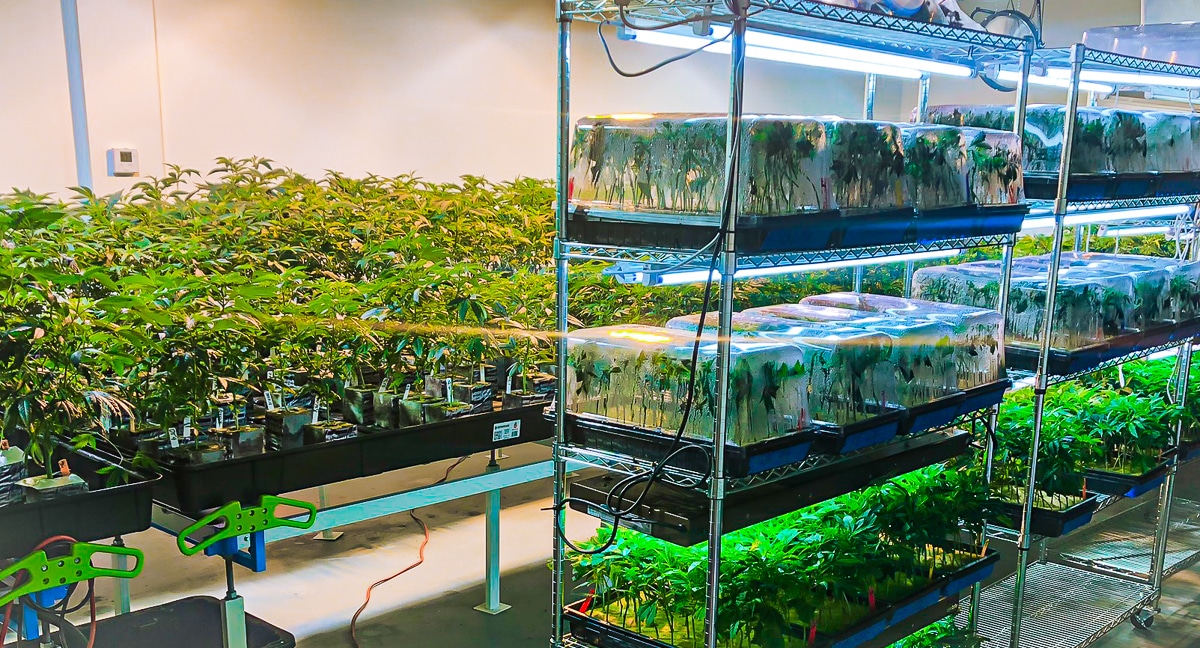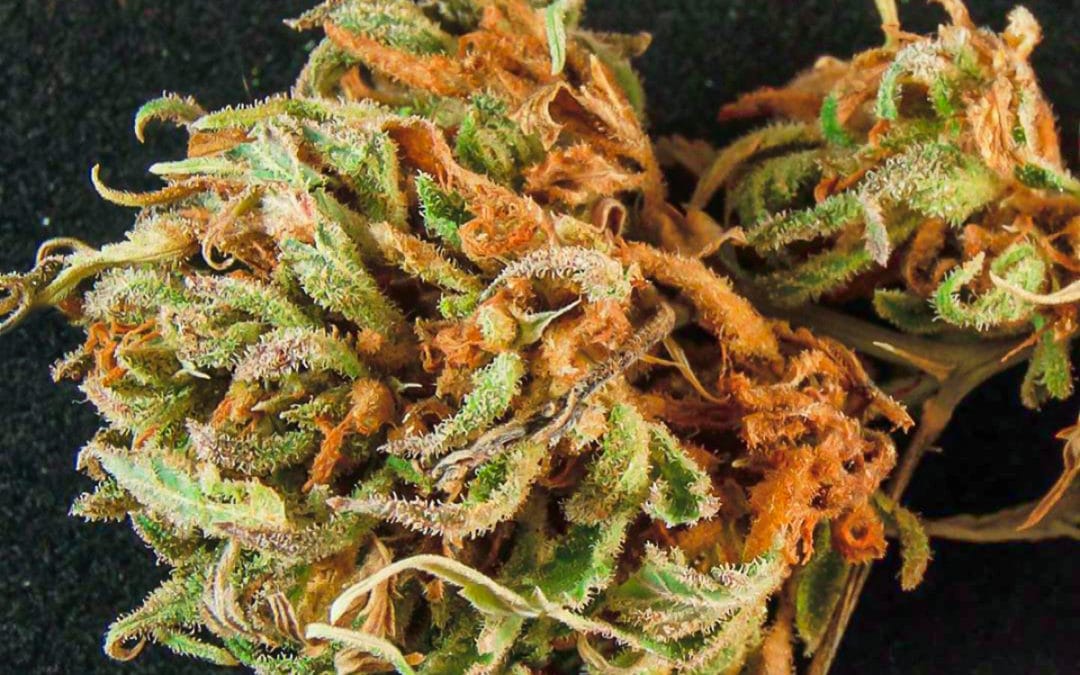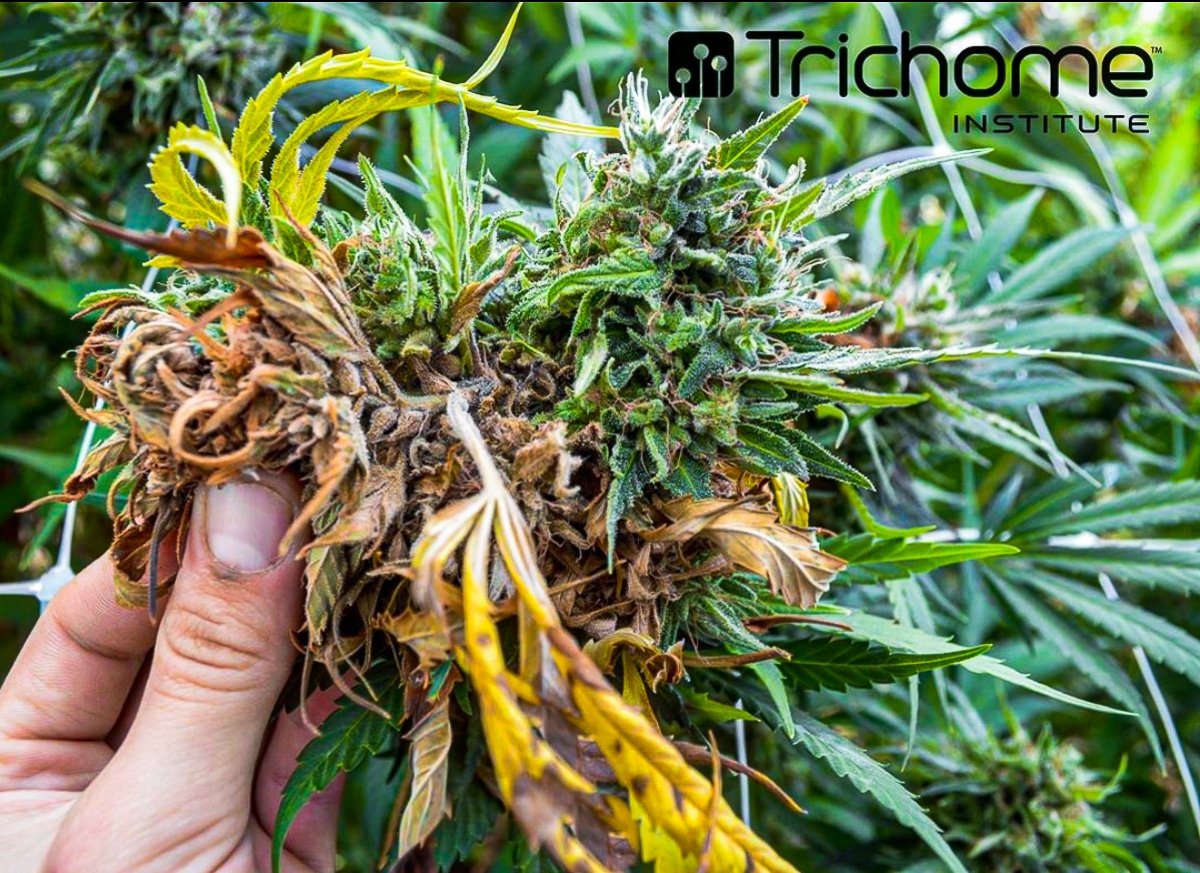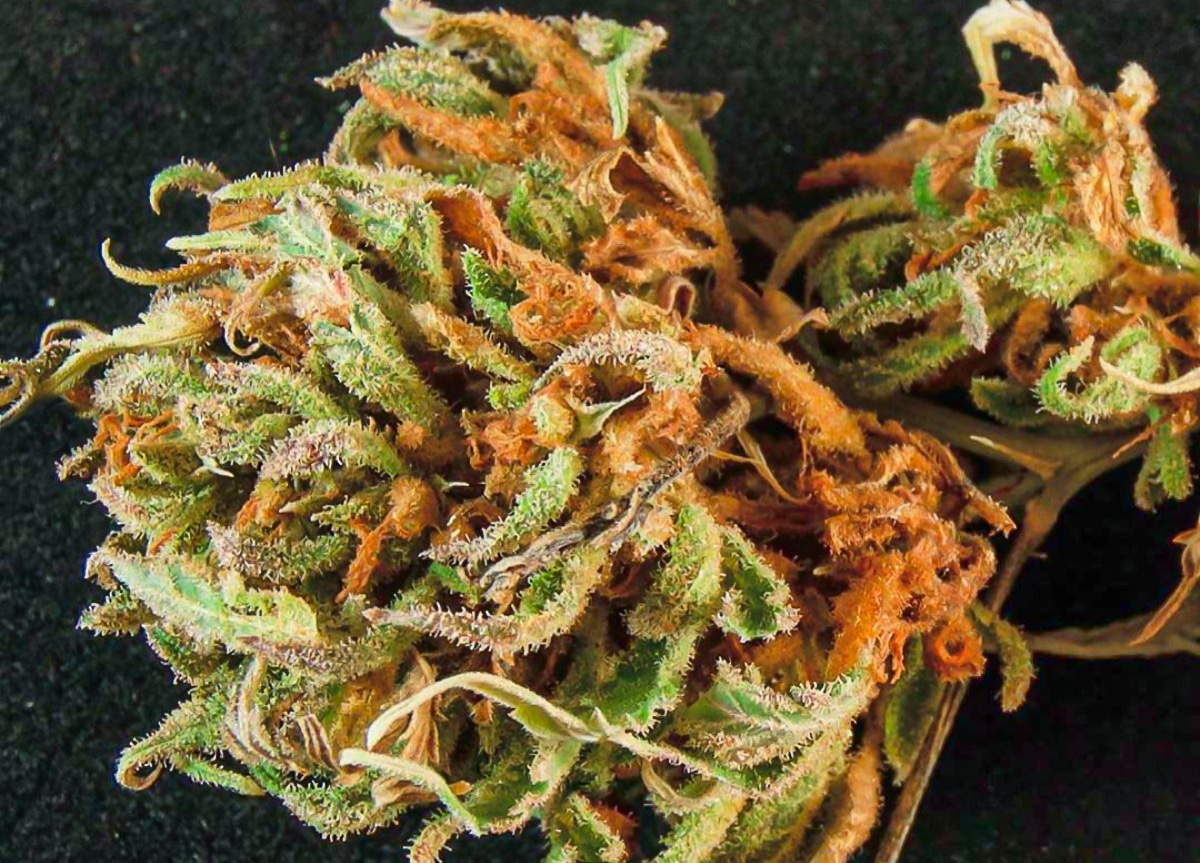
What is Green Greed?

Green greed! It has plagued the cannabis industry for years. But today it doesn’t mean what it used to.
In our current legal cannabis industry, I have run across so many contractors and vendors that attempt to charge cannabis people more money than their “normal “clients. Maybe this is because they were overcharged for a not-so-great sack years ago. Maybe they’re just greedy.
I’ve been quoted $6,000 for a $1,000 job. I’ve been quoted $3,800 for a $900 job. Now, the joke is on both of those assholes because they didn’t get my money. But for someone not as skilled as me in construction and operating a business, you might get taken advantage of by some dubious contractors.
Here are signs that you might be dealing with a green greedy asshole.
Signs of Green Greed
1. If you tell a contractor you’re in the cannabis business and they clap their hands and say, “You guys must make really good money”…
2. Or they put on a greedy smile and say, “This is going to be expensive, but you can afford it”…
3. They tell you that working with cannabis businesses is too risky, and that they have to charge more to account for the risk.
The reality is that these people are probably all just jealous. We all choose our own lines of work, and they chose theirs. Remember, we’ll only work with them if we get fair rates and quality work.
Countering Green Greed
If you are in the cannabis industry and you get the slightest psychic vibe that you’re getting a high quote from a contractor, immediately tell them, “No, that’s too much, I can’t afford that.“
Immediately asked them for a discount when they give you their quote. Upon meeting these contractors, call out other green greed that you have already had to deal with to show them you won’t be tricked into overpaying. Demand that you get the best price and the best service.
The cannabis industry makes a lot of money, but the people who try to take advantage from the outside don’t know where all that money actually goes. Operating costs, testing, licensing. There isn’t that much left over. Make that clear too.
It started as growers in the private market’s green greed driving up prices in tough times. Now that it’s legal, everybody can try and take a cut. Which is why it’s so important to be mindful as a cannabis business owner.
Next time you’re talking to a contractor and you hear a number that sounds a little high, don’t be afraid to call it out. As long as people get away with taking advantage of new cannabis businesses, they’ll keep taking advantage. Be cautious, be mindful and always get a second quote.

